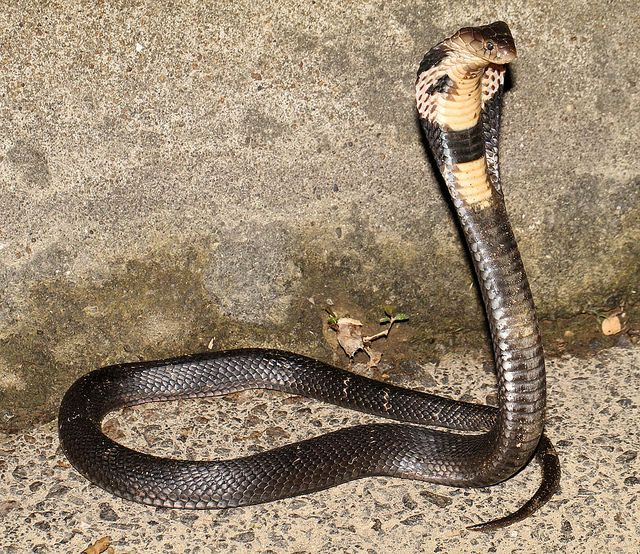The China coronavirus outbreak has claimed 41 lives and infected more than 1,300 persons, worldwide. The infection, which was first reported in the central Chinese city of Wuhan, has spread as far as Europe, Australia and North America. The origin of the epidemic has been linked to a now-closed local wet market, which sold animals such as chicken, donkeys, sheep, foxes, bamboo rats, hedgehogs and snakes. Though earlier research in China concluded that snakes are the most likely wildlife animal reservoir for the novel coronavirus (2019-nCoV), other researchers refute the claim.

Snakes are the natural reservoir of 2019-nCoV, according to earlier research
Coronavirus infection is a zoonotic disease, i.e. it spreads to humans from animals. With researchers rushing to determine the cause behind the outbreak, a team of researchers at Peking University, Beijing, concluded that snakes are the natural reservoir of 2019-nCoV. The research was published on January 22 in the Journal of Medical Virology.
Snakes were sold at the now-closed Wuhan sea-food market. "Taken together, snakes could be the most likely wildlife animal reservoir for the 2019-nCoV", the research concluded.
Why do other researchers refute the claim?
The refutation arises because there is no evidence that coronavirus can spread to species other than mammals and birds. "Nothing supports snakes being involved," says David Robertson, a virologist at the University of Glasgow, UK.
The same fact was iterated by Paulo Eduardo Brandao, a virologist at the University of Sao Paulo, who said, "They have no evidence snakes can be infected by this new coronavirus and serve as a host for it", Nature reported.
Coronaviruses are a large family of viruses that can cause illness, ranging from the common cold to SARS (Severe Acute Respiratory Syndrome) and the Middle East respiratory syndrome (MERS). The current disease outbreak is due to a little-known strain of virus, termed as novel coronavirus or 2019-nCoV. The viral strain is most closely related to SARS, for which bats serve as the natural hosts. From bats, the virus can spread to other animals and then spreading to humans.
Researchers suspect that a presently unknown animal, which was sold at the Wuhan sea-food market, is behind the virus transmission to humans. A wide variety of dead and live animals were sold at the now-closed market, bringing people in close proximity to the animals.
Cui Jie, a virologist at the Pasteur Institute of Shanghai, who was part of the team which found SARS-related viruses in bats from a cave in Yunnan province in southwestern China in 2017, also concluded the same. "Clearly this 2019-nCoV is a mammalian virus", she said. This is because, both SARS and 2019-nCoV are part of a virus subgroup known as betacoronaviruses, which are only found in mammals.









